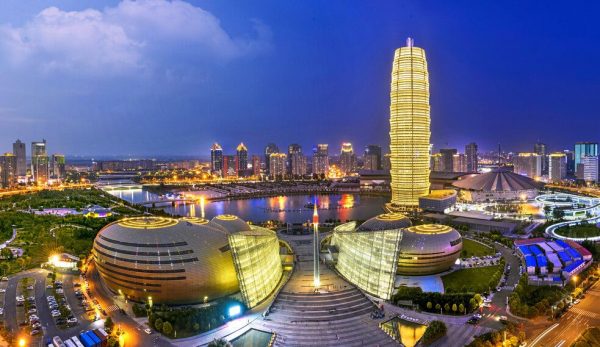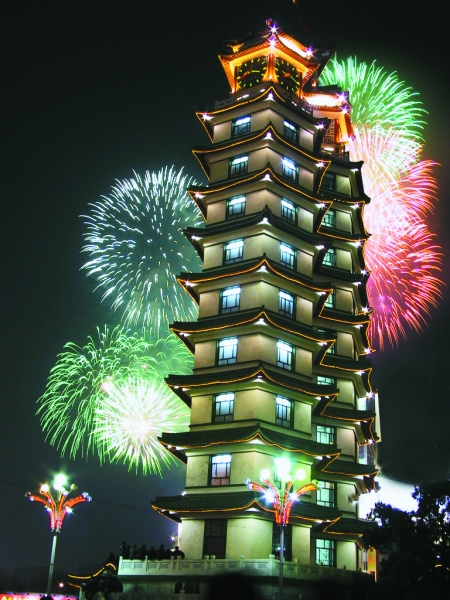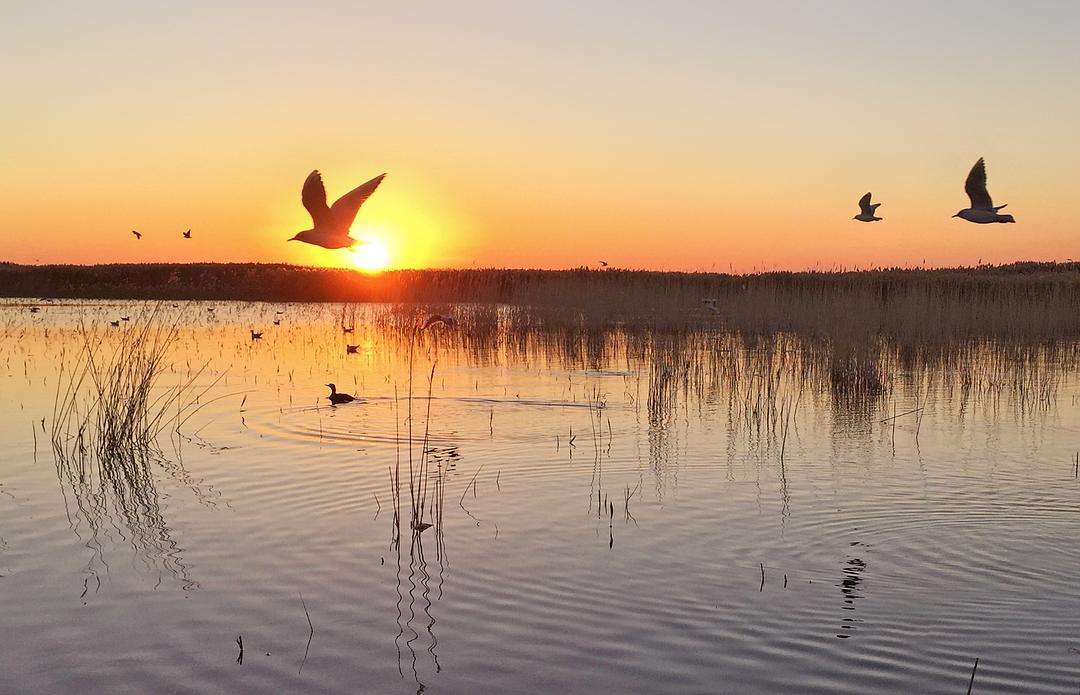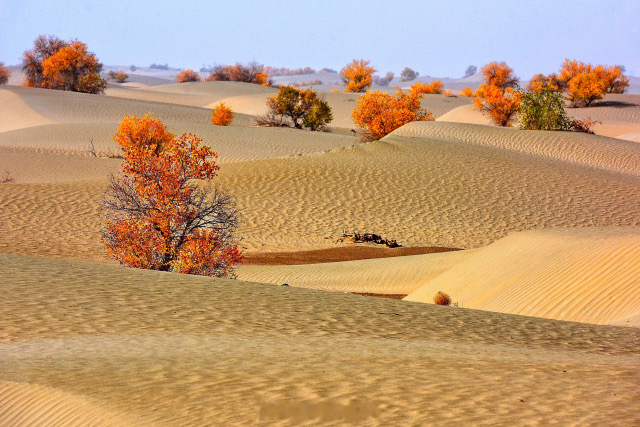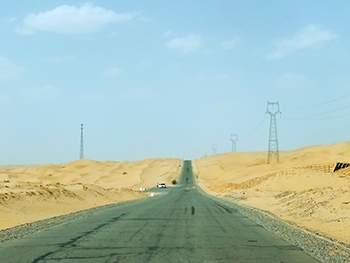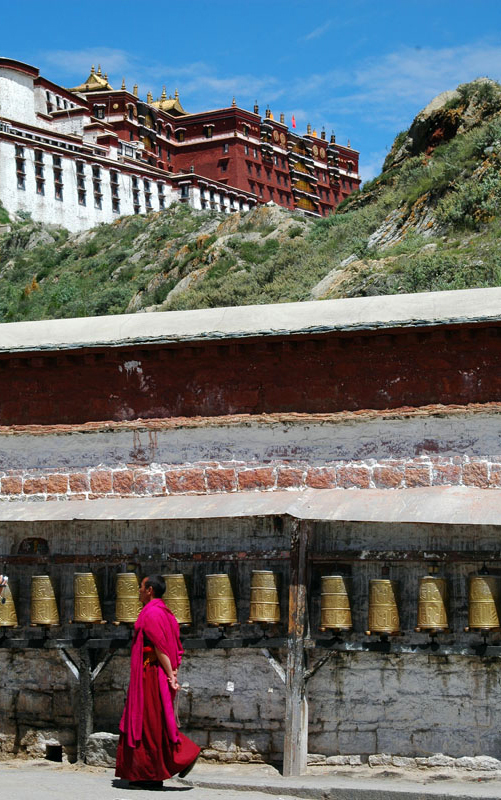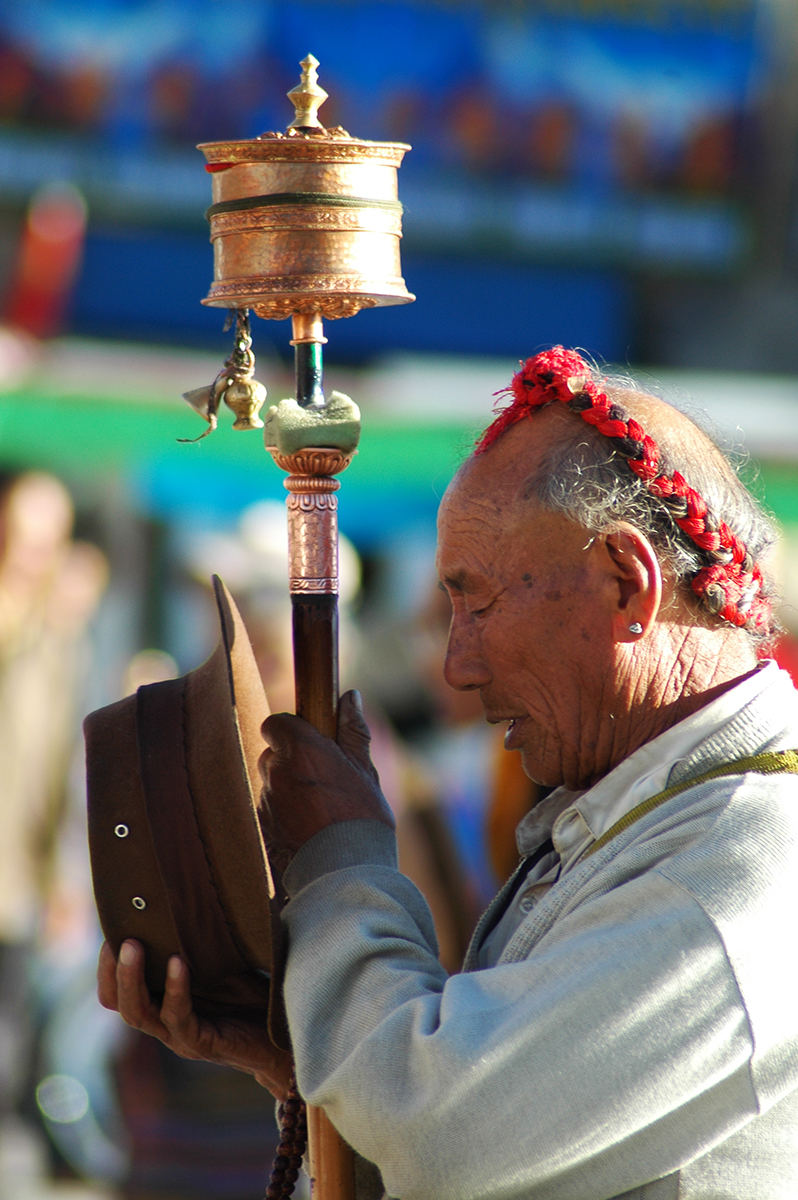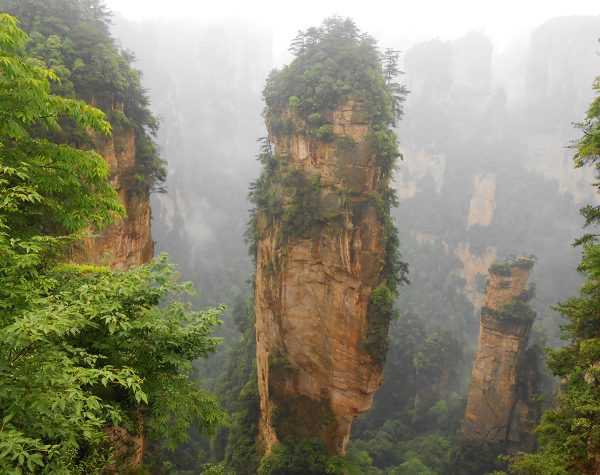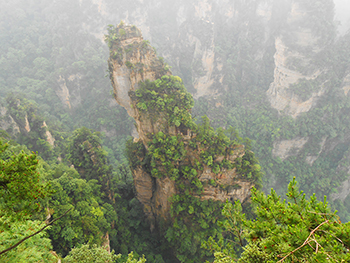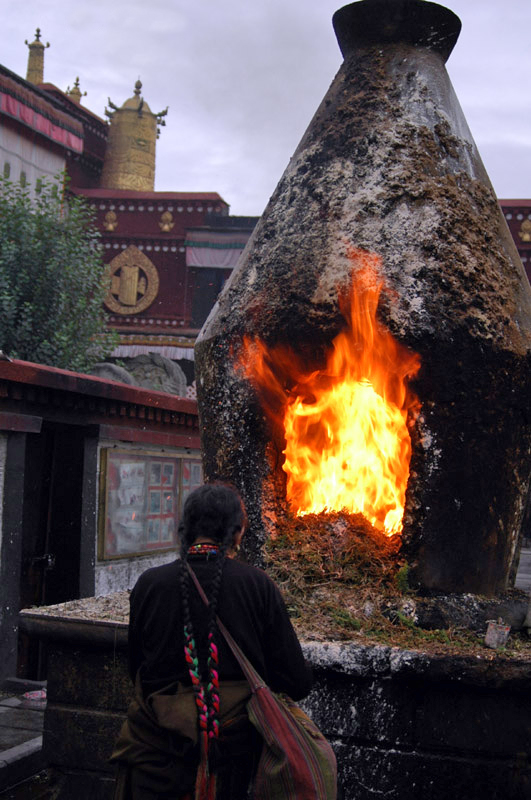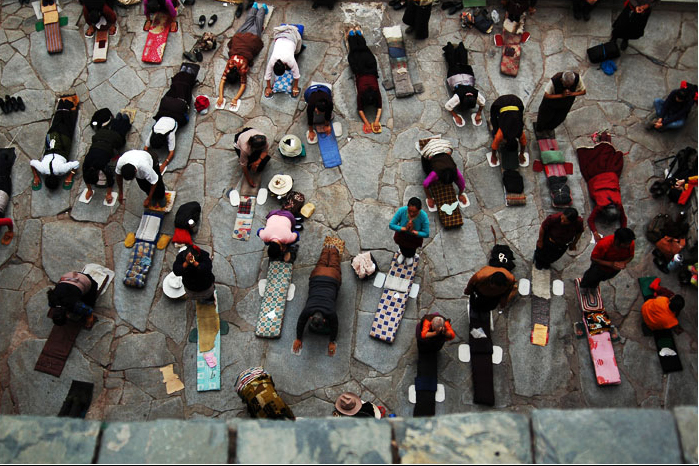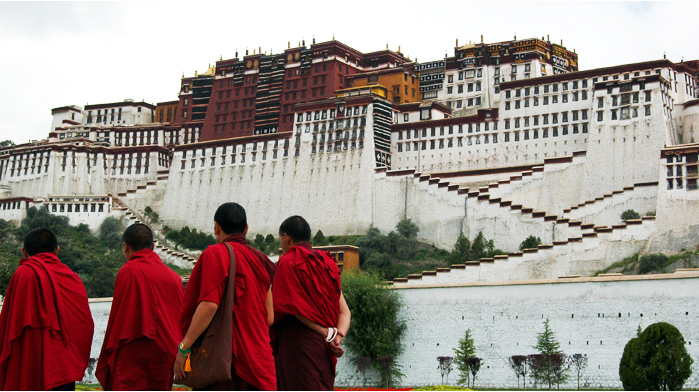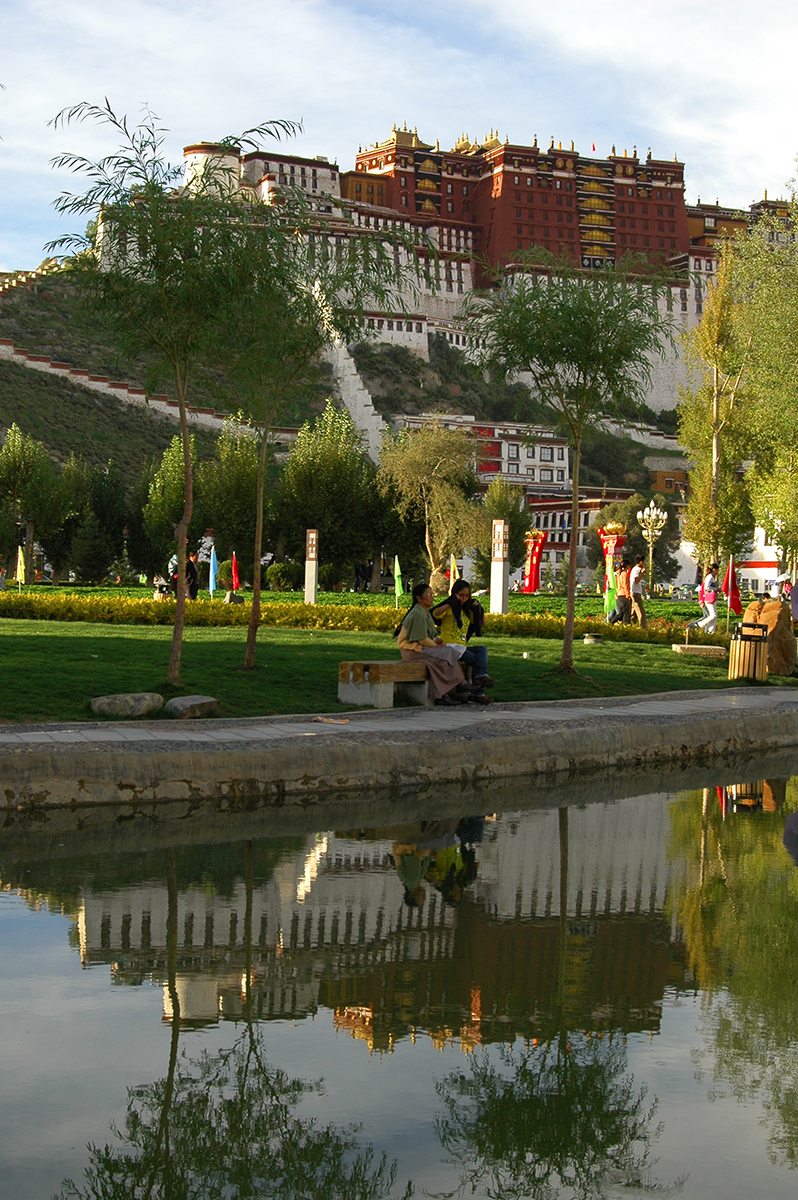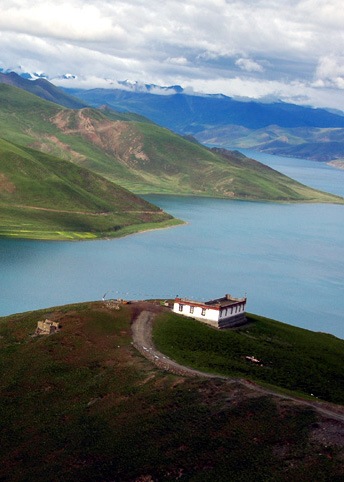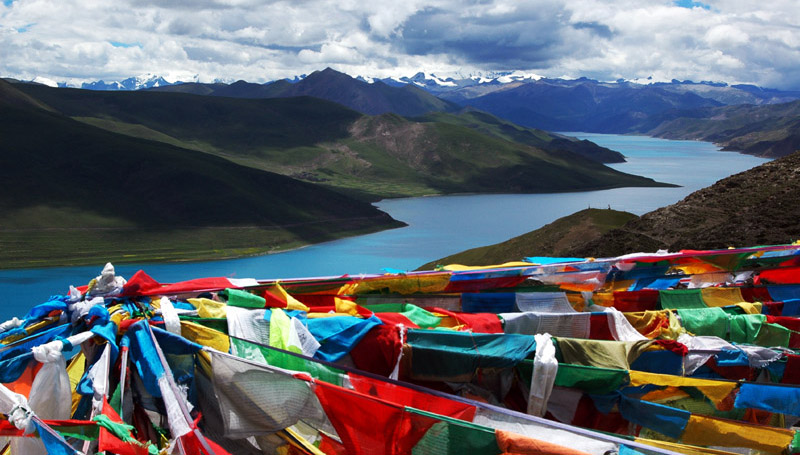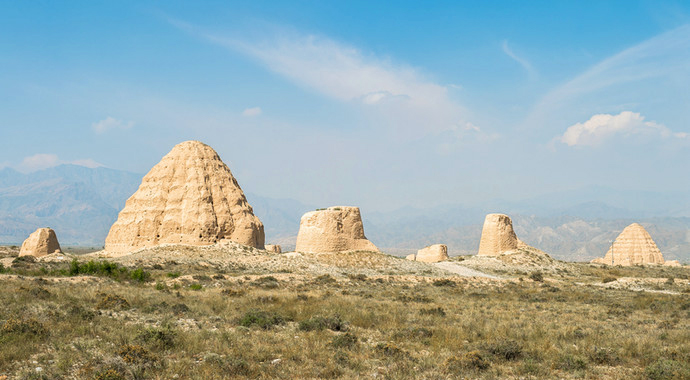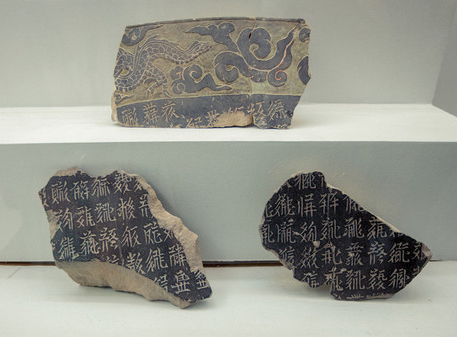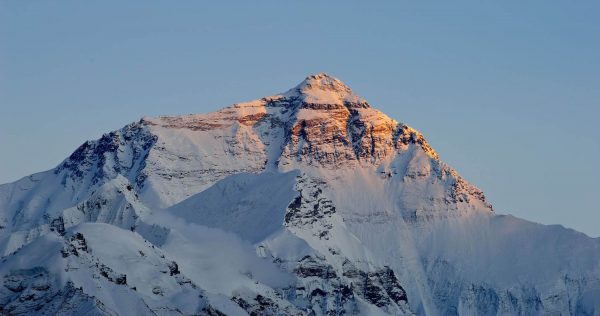
At 11:30am on May 29th 1953, New Zealand-born Edmund Hillary and Nepali Sherpa Tenzing Norgay embraced each other at the top of the world. Climbing a colossal 8,850 metres (29,035 ft.), they had achieved something that many had tried but all had failed before them; they had conquered Mount Everest, the tallest mountain in the world and the highest point on planet Earth. Its Tibetan name of Chomolungma means “Goddess Mother of the World”, while its Sanskrit name of “Sagarmatha” means “Peak of Heaven”. Located on the border between Nepal and the Tibet Autonomous Region of China, Mount Everest is the highest peak along the Himalayas and has been regarded by local people as a sacred place for centuries.
The mountain was originally known as Peak XV, but in 1865 it was named after Sir George Everest, British surveyor general of India from 1830 to 1843. It is composed of multiple layers of rock that have folded back on themselves, most notable of which is the Yellow Band, a limestone formation visible just below the summit. With its three-sided pyramidal shape, the summit is described as having three “faces”: the North Face and the East Face, which rise above Tibet; and the Southwest Face, which is located in Nepal. From base to summit, its slopes are covered in shimmering glaciers, such as the Kangshung Glacier to the east and the Khumbu Glacier to the west. Both the Rong River in Tibet and the Lobujya River in Nepal originate from glaciers on Everest’s lofty heights.
Generally speaking, temperatures on Mount Everest are sub-zero year-round, with highs reaching only −19 °C (−2 °F) and lows plummeting to between −36 °C (−33 °F) and −60 °C (−76 °F). Since the peak is so high that it reaches the lower limit of the jet stream, it can be buffeted by sustained winds rushing at over 160 kilometres (100 mi) per hour. At the summit and on the upper slopes, lack of oxygen, powerful winds, and extremely cold temperatures preclude the development of any plant or animal life. Hostile though it may be, the valleys below the mountain are inhabited by Tibetan-speaking peoples, most well-known of which are the Sherpas.
The Sherpas live in villages at elevations of up to 4,270 metres (14,000 ft.), many of which are found in the Khumbu Valley of Nepal. Traditionally they were livestock farmers who lived a seminomadic lifestyle on the frozen mountain slopes, but they’ve since adopted a far more lucrative trade. After years of living in such close proximity to the world’s highest mountain range, the Sherpas are uniquely acclimatised to high altitudes. When British expeditions on Mount Everest began during the early 20th century, they soon found highly paid work as surveyors, guides, and porters. As Everest became increasingly more commercialised, they have come to financially depend on the tourism and climbing expeditions that it attracts.
For those brave or foolish enough to try and scale this snowy behemoth, there are two main hiking routes: one that follows the southeast ridge in Nepal, and the other that runs along the north ridge in Tibet. The southeast route is largely considered to be easier, so it is the more frequently used, although bear in mind that “easier” is a relative term! Everest represents arguably the most challenging and dangerous climb in the world, with altitude sickness, fatigue, inclement weather, and powerful winds all contributing to the deaths of numerous hikers. As of 2016, over 200 people have tragically lost their lives while trying to summit the mountain.
In fact, the weather on Everest is so harsh that there are only two brief time periods when an ascent is possible: between April and May, before the monsoon; and for a few weeks in September, after the monsoon. While adverse weather conditions certainly contribute to the difficult of Everest, worse still by far are the extreme effects that the high altitude has on the human body. Once climbers ascend past the 7,600-metre (25,000 ft.) mark, they enter what’s colloquially referred to as the “Death Zone”. In this area, punishingly low temperatures can lead to frostbite on any part of the body that is exposed and the oxygen levels are so low that the human body essentially starts to die.
As the body desperately tries to obtain more oxygen, rapid breathing and high pulse rates inevitably lead to exhaustion. During the more advanced stages, oxygen deprivation or hypoxia leads to poor sleep, an inability to digest food, and confused thinking that often results in impaired decision making. In a desperately unsafe environment where you need your wits to be at their sharpest, the last thing you want is an addled brain! To combat this, most hikers use supplemental bottled oxygen breathed through masks. So great are these debilitating effects that it takes most climbers an average of 12 hours to walk the distance of under 2 kilometres (1 mi) from South Col to the summit.
In spite of these challenges, people continue to flock to Everest in ever increasing numbers. In 1988, fewer than 200 people summited the mountain but, by 2003, that figure had exceeded 1,200. As if climbing the tallest mountain in the world wasn’t quite thrilling enough, some people have even been known to snowboard, ski, paraglide, and BASE jump down it! While the mountain certainly attracts its fair share of adrenaline junkies, the Rongbuk Monastery at its northern base continues to be a focal site of pilgrimage for the locals. At an altitude of 5000 metres (16,404 ft.), it is the highest temple in the world. So, if you’re planning on praying for safe passage up the mountain, the monastery closest to the heavens is undoubtedly your best bet!
